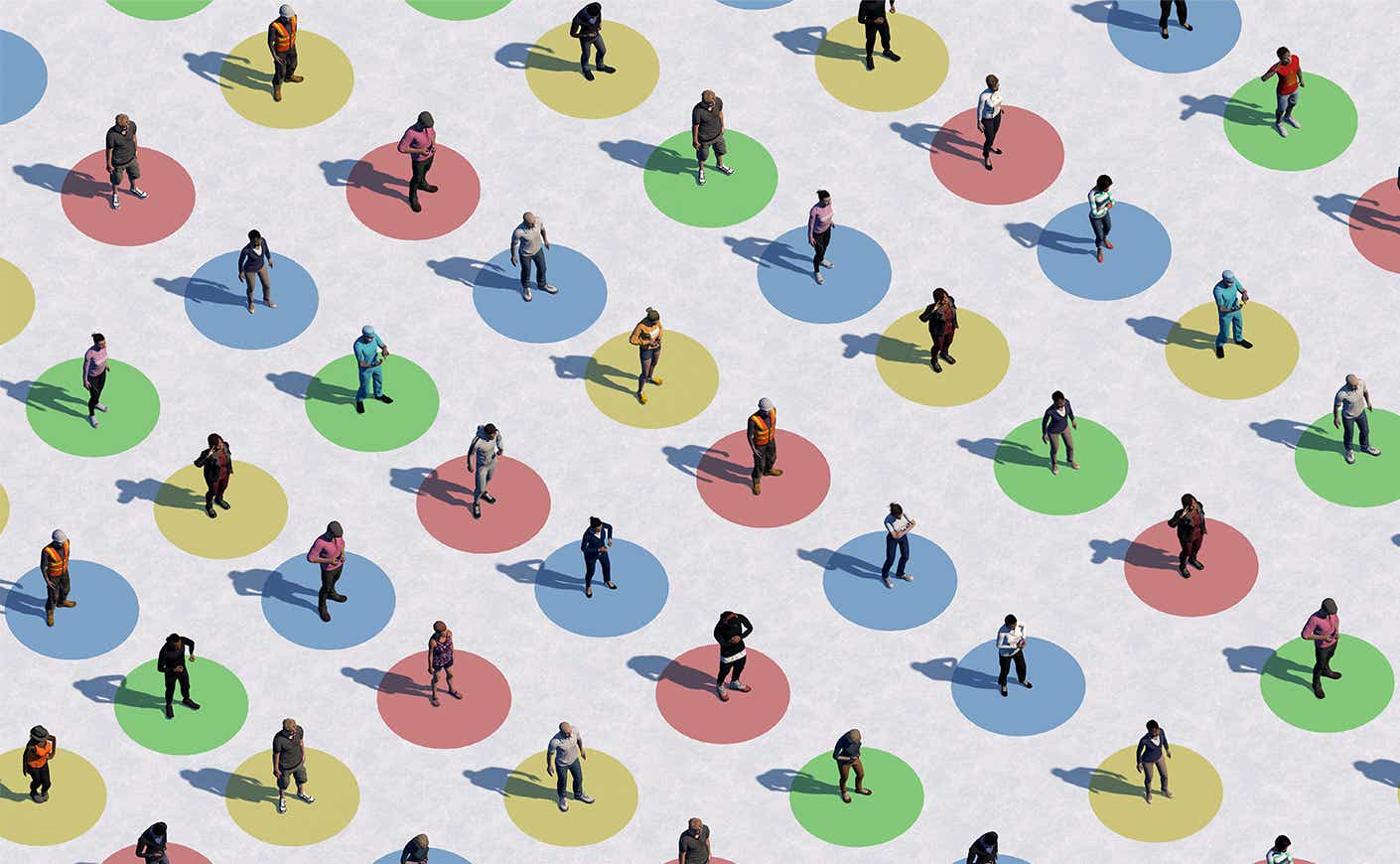Dr. Robin Schoenthaler reacted to CDC’s latest guidance for people who have received their vaccinations
The Centers for Disease Control and Prevention released its highly anticipated guidance for fully vaccinated people this week after an initial delay. Some Americans can now enjoy some pre-pandemic activities and take fewer precautions.
Specifically, the new guidance states that people who are fully vaccinated can gather indoors with other fully vaccinated people without wearing masks or staying 6 feet apart. They can also visit with unvaccinated people from another household indoors without taking precautions as long as everyone is at low risk for severe disease.
People are considered fully vaccinated two weeks after they have gotten the second shot of the Pfizer or Moderna vaccines (or two weeks after receiving the single-dose Johnson & Johnson vaccine).
While the guidelines highlight the small steps the U.S. is taking to return back to normal, they also underscore the extent to which health officials still worry about Covid-19 transmission and the emergence of new variants. The agency warned that fully vaccinated Americans should continue to take some precautions, such as avoiding medium- and large-sized in-person gatherings and wearing a mask in public as well as around those who are at an increased risk of severe illness from the virus.
Dr. Robin Schoenthaler, a cancer specialist based in Boston, broke down these new guidelines for KCM. Schoenthaler, who received her medical education and training during the HIV/AIDs outbreak, is a long-time student of epidemics. The self-described “Covid-translator” also writes a weekly column examining Covid-19.
“For vaccinated people, their conduct now is about protecting others,” Schoenthaler said. “And for unvaccinated people, it’s still about protecting themselves.”
While the new guidance indicates a positive step, Schoenthaler emphasized that low-risk doesn’t necessarily mean no risk, saying everyone needs to access their own risk level. She said that becoming fully vaccinated doesn’t necessarily mean you are 100% immune to the virus or incapable of potentially spreading it.
“Everybody needs to look at their friends and family and what their baseline risk is,” said. “Some of us are super healthy and always have been at low-risk and some of us have always been at high risk, so we need to look at that again.”
Schoenthaler went on to predict mask-wearing may continue to play a crucial role in mitigating the pandemic, even as the vaccine continues to be deployed. She believes most people would need protection from the virus before we can take off our face masks.
“You still wear your mask when you’re in public, because you’re around a lot of unvaccinated people,” Schoenthaler pointed out.
The CDC estimates that just 9.2% of the U.S. population has been fully vaccinated with two doses, and around 60 million Americans have received at least one shot of a vaccine to prevent the coronavirus. Per the current rate, the U.S. is currently administering over 1.6 million shots a day. This comes as the Biden administration aims to ramp up vaccine supply — earlier this month, Biden said the U.S. will produce enough vaccines for every adult in the U.S. by the end of May.
Though the CDC’s new guidance still recommends that vaccinated people avoid travel, Schoenthaler expects these recommendations to evolve when there is more scientific data.
“At some point, we are all going to be back up in the air,” she said. “We’re all going to be back to a new, normal kind of life, so that’s going to happen,” she said. “It’s just a matter of when it’s scientifically demonstrated to be safe enough.”
In addition to providing enough vaccines for all Americans, there’s also the hurdle of addressing the fears and concerns surrounding the vaccine. The World Health Organization has called vaccine acceptance the “next hurdle” in fighting the pandemic. Messaging experts believe that many Americans are confused or unnerved by the nation’s coronavirus response, while others remain troubled by the speed of the vaccines’ development and politicization of the pandemic.
Evidence suggests a sense of hesitancy when it comes to getting vaccinated, particularly for people of color and members of the LGBTQ community.
Experts believe that this hesitancy among sexual and gender minorities stems in part from a pre-existing mistrust in the medical establishment. But Schoenthaler believes the first step is acknowledging this distrust head-on, especially given that these populations are considered to be more vulnerable to getting infected by the coronavirus and are more likely to have underlying conditions.
“When you have a medical system — when you have any system — that has mistreated people for decades and centuries, it’s completely reasonable that the response is one of, at least mistrust, if not outright distrust,” she said.
“Listening to exactly what people’s concerns are, and finding out what is contributing to their hesitancy and then addressing those concerns is super important,” she added.
Overseen by the Ad Council, corporations, community organizations and the Centers for Disease Control and Prevention launched a sweeping “It’s Up to You” ad campaign in February to win over Americans who remain skeptical of the vaccine. This campaign also included events and outreach targeted toward communities of color such as an effort partnering with the NAACP on Thursday evening.
Schoenthaler hopes that there are more vaccine campaigns that specifically target minority populations to build more trust and confidence in the vaccine.
“When people see members of their communities getting the shot and being fine, that’s huge,” she said. “Nothing succeeds like success and nothing convinces people like stories.”
Written and reported by Tess Bonn.









